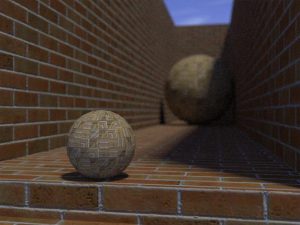Select Your Color and Size Illusions Quiz Now
These illusions leverage our expectations related to color, shading, and size. You see, we all have similar visual-processing systems that have evolved to help us survive in a 3D world. For example, objects appear larger when they are closer to us and the angle at which light hits a surface will change the apparent color of that surface. Such details are constantly decoded by our brains to give us essential information about the space we inhabit. The approach works well in helping us navigate through space and identify resources and threats. Because it works so well generally, our brains use this approach for all visual processing. And that means we apply the same 3D rules even when we interpret 2D images. But since things in 2D don't have to play by the same rules as those in 3D, we can easily be fooled! We call them "illusions" because they appear to depict something different than what we "see," but of course, that's a bit of an illusion too—since they show what they show. It's our interpretation that's deceptive! Each image surprises our visual system in some way, which makes it difficult to properly determine exactly what is going on. Interestingly, each person's ability to unravel the illusion differs, so there will be some that fool you more easily than others. In some cases, you may have trouble "seeing" the solution even after you know what it is.Welcome to the fascinating world of color and size illusions!

Color and Size Illusion Quiz 1

Color and Size Illusion Quiz 2
